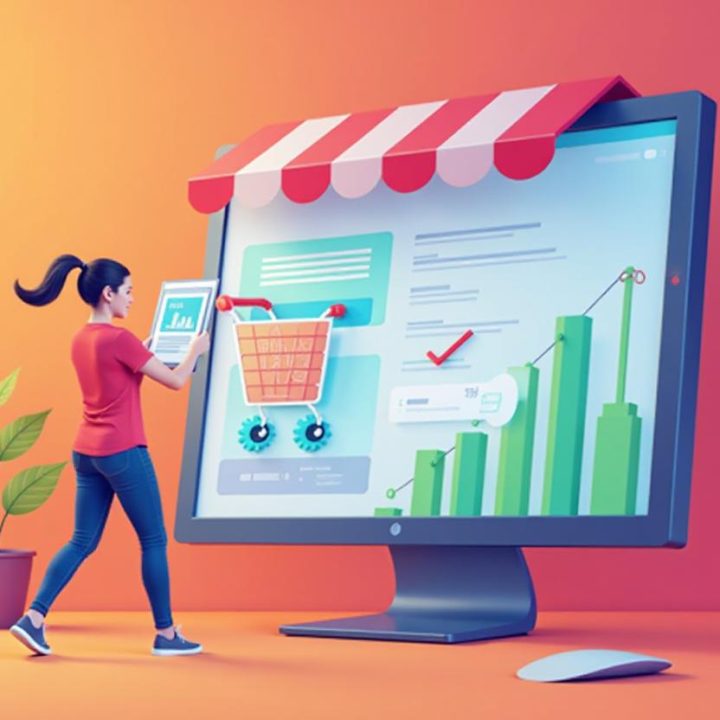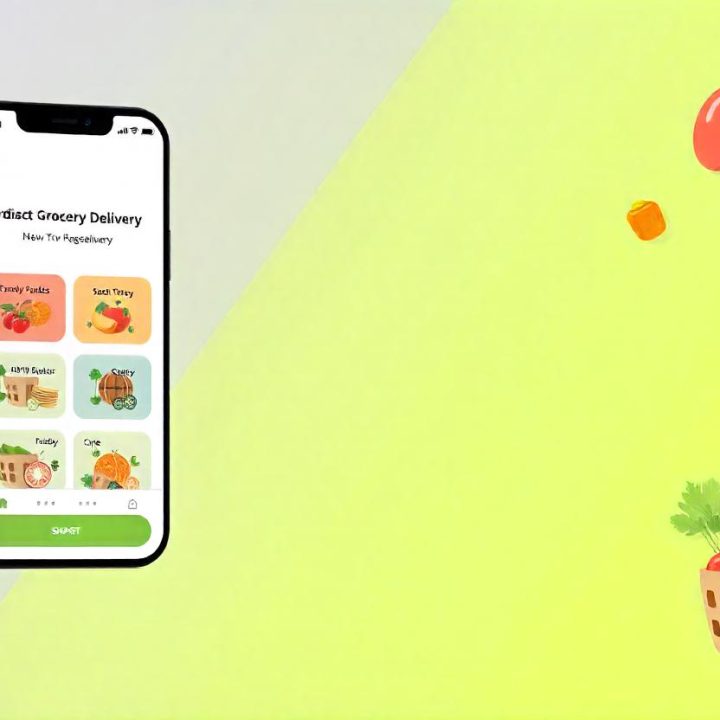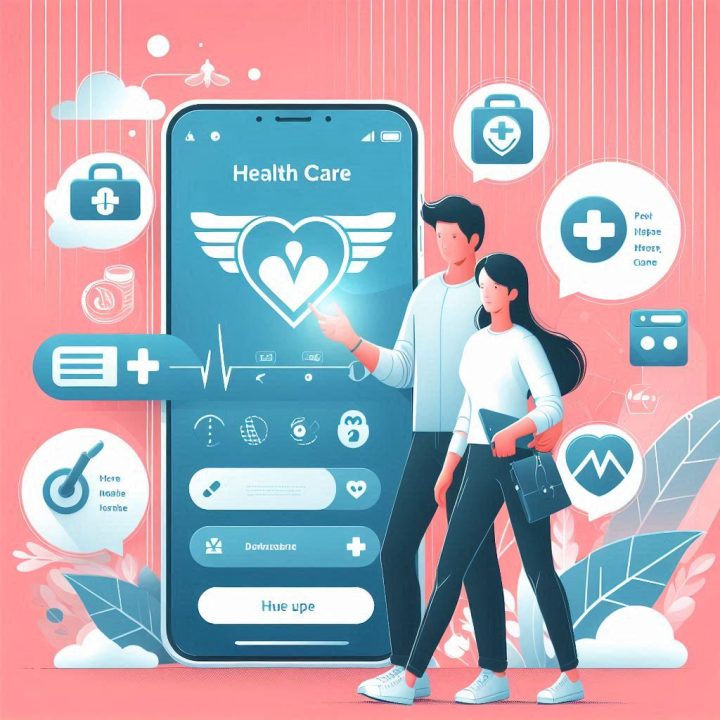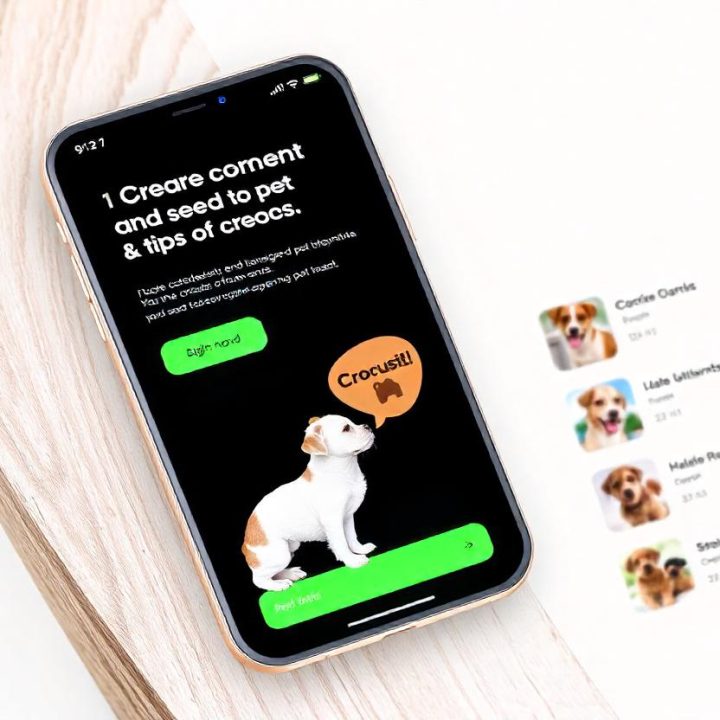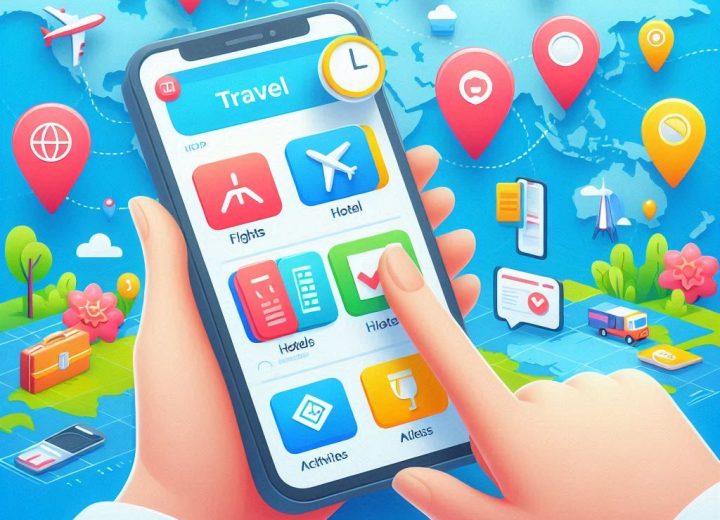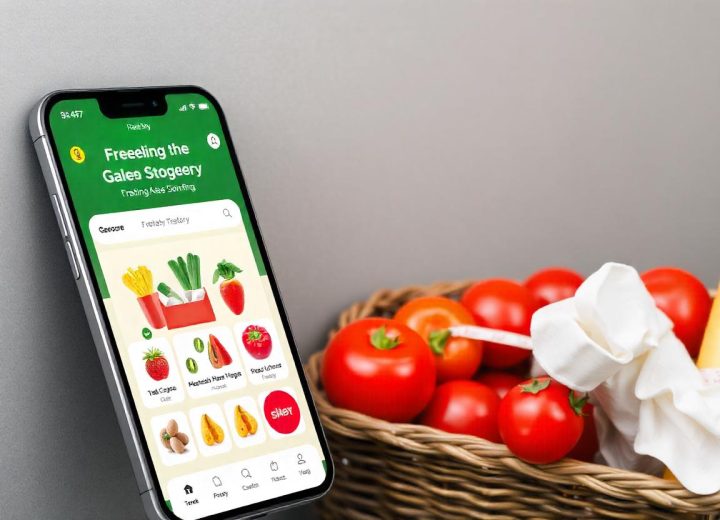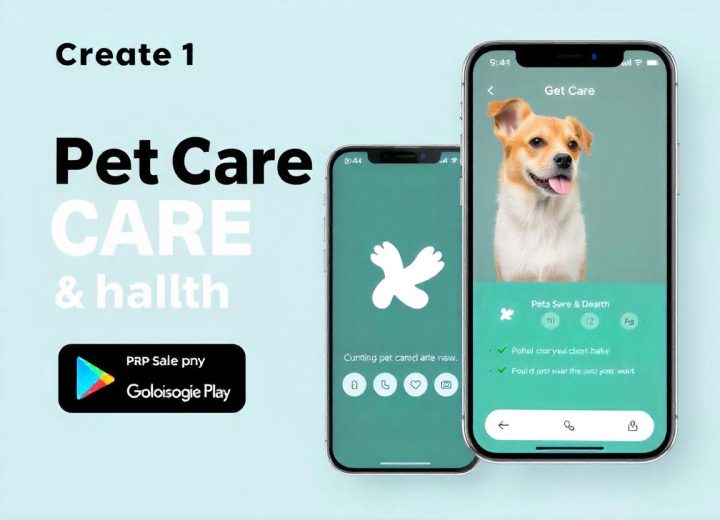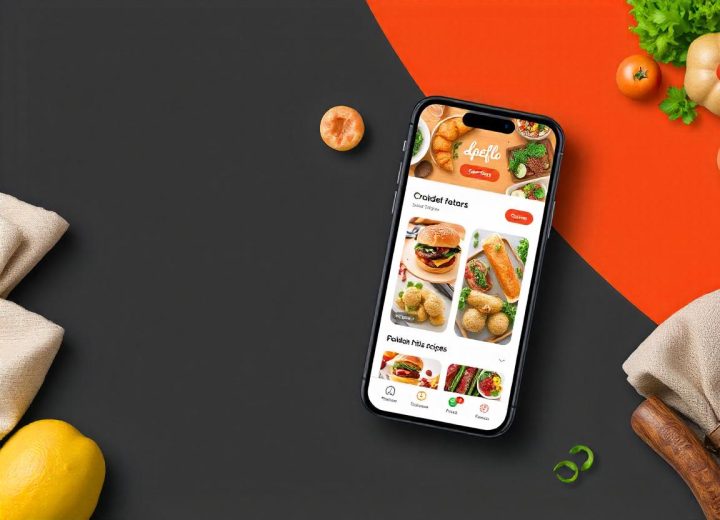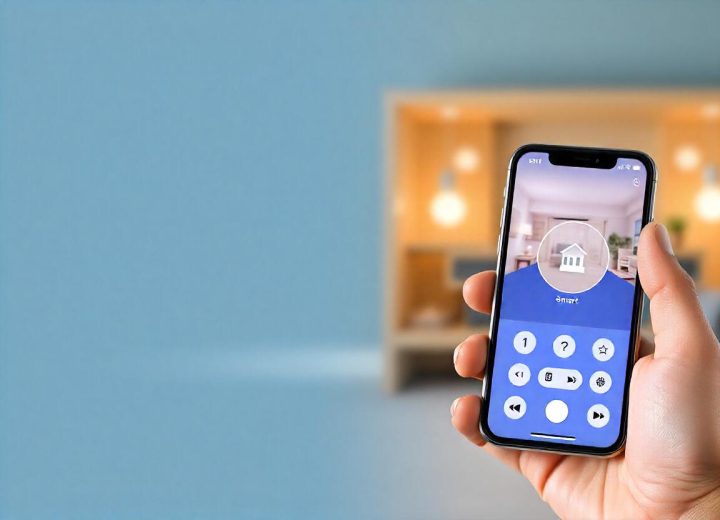Language Learning App Project
- Home
- portfolio
- Mobile App Development Projects
- Language Learning App Project
Language Learning App Development Projects
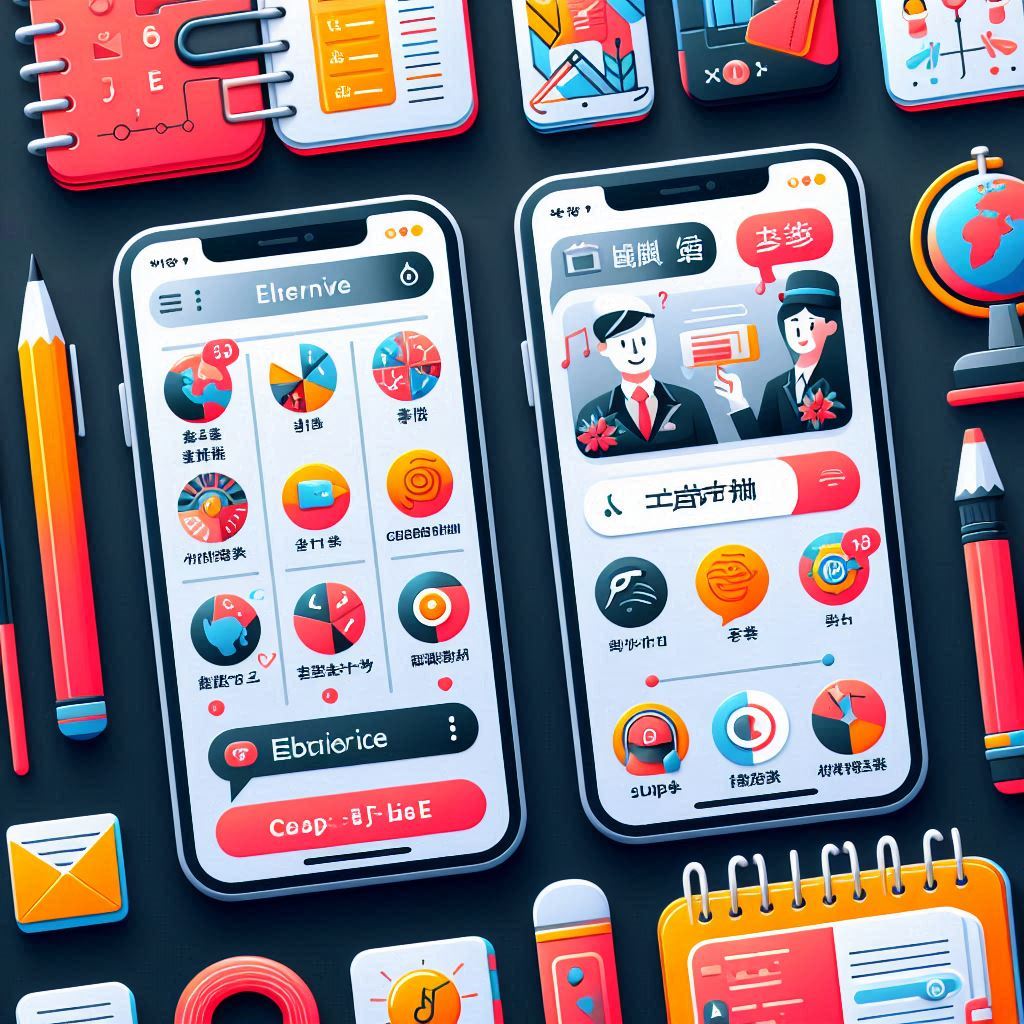
Project Overview
The Language Learning App Development project aims to create a comprehensive and engaging mobile application that empowers users to learn new languages quickly and effectively. With increasing globalization, the demand for learning languages is on the rise, and this app is designed to cater to a wide audience, from beginners to advanced learners, by offering a variety of interactive features, courses, and tools to facilitate learning.
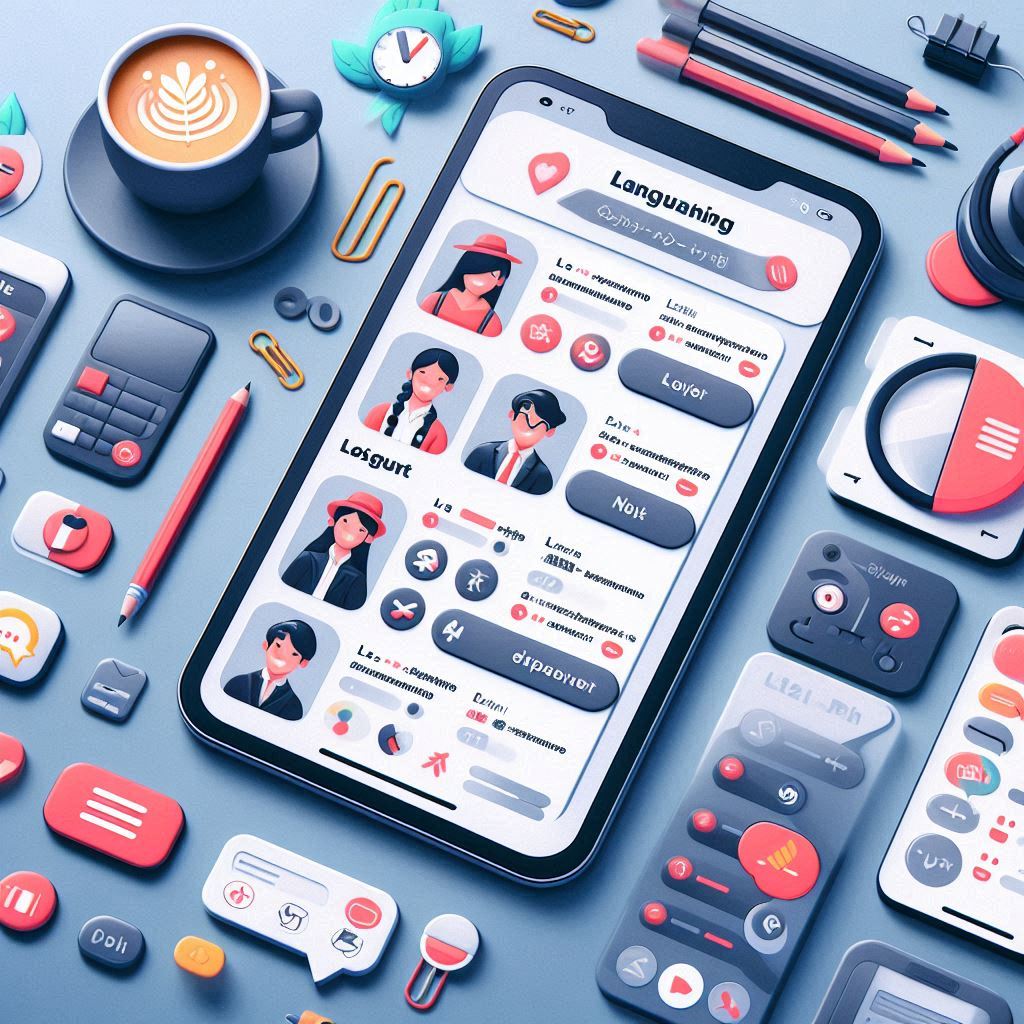
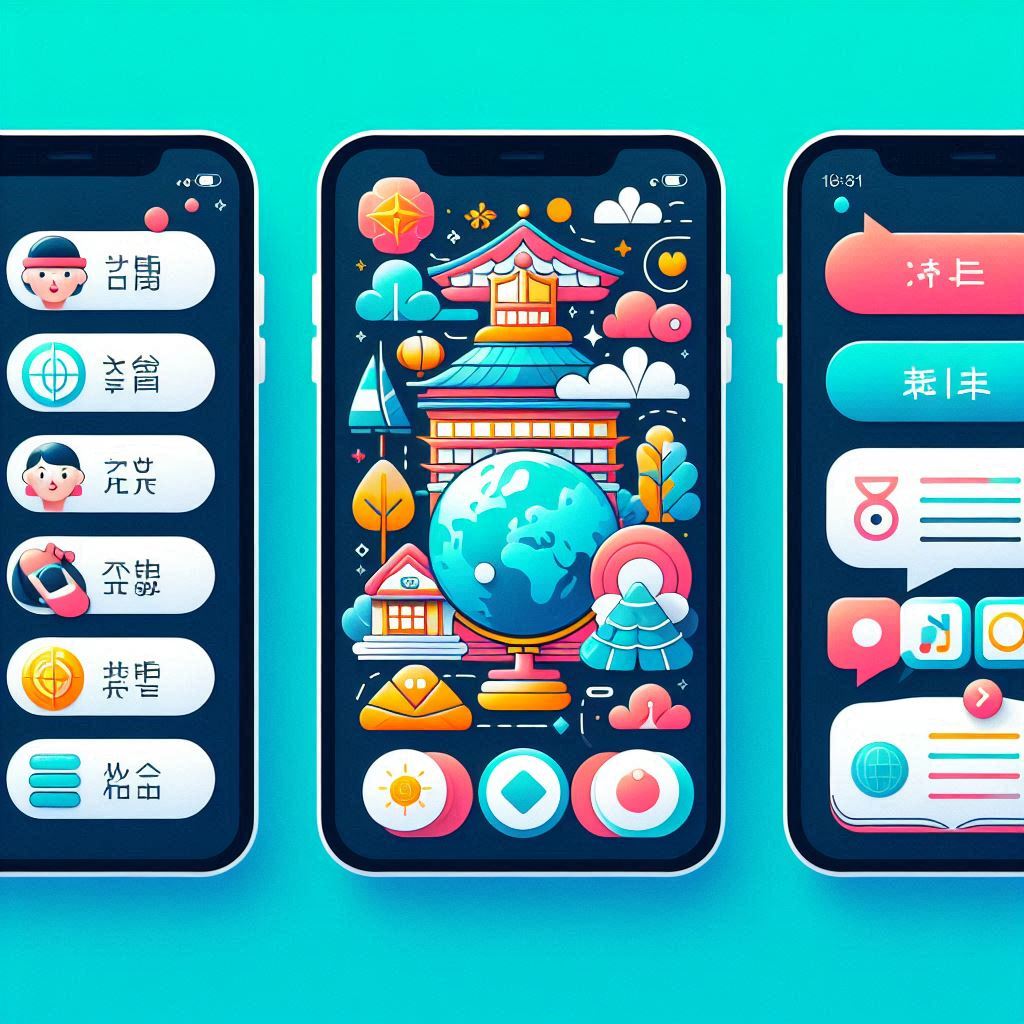
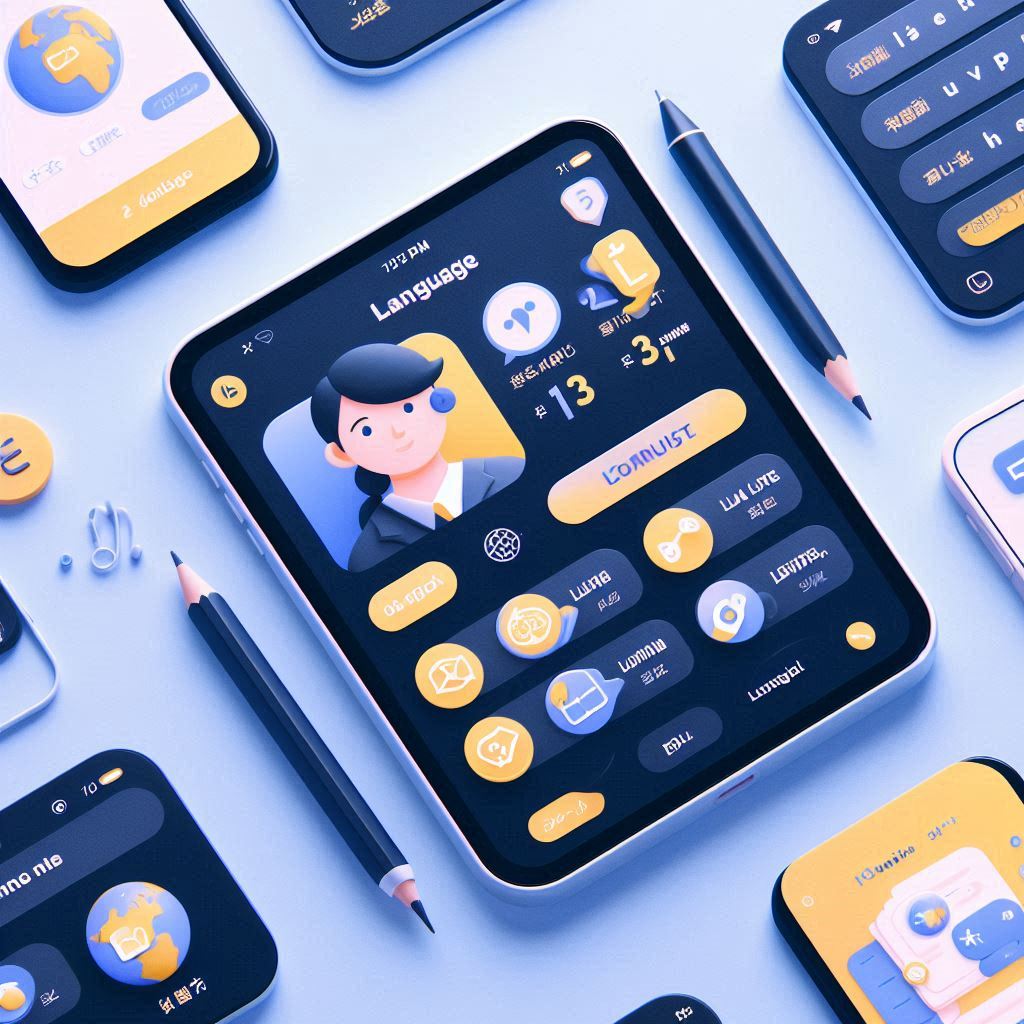
Client Requirements
The goal of this project is to develop a dynamic and scalable language learning app that provides users with an immersive learning experience, combining audio, video, interactive quizzes, and gamification to keep users motivated. The app will support multiple languages and offer personalized learning paths based on the user’s proficiency, goals, and preferences.
Key Features of the Language Learning App
Multi-Language Support: The app will support a wide variety of languages, including major global languages such as English, Spanish, French, Mandarin, German, Japanese, and others. This multi-language support allows users from all over the world to learn and practice the language of their choice.
Interactive Learning Modules: The app offers different modules for reading, writing, speaking, and listening. These modules are designed to enhance the learner’s skills in each area of language acquisition, with an emphasis on real-life usage and context.
Gamified Learning: The language learning process is gamified with points, badges, and rewards, encouraging users to stay engaged and motivated. Streaks, leaderboards, and daily challenges will further inspire users to keep up with their learning.
Personalized Learning Paths: Users will undergo an initial language proficiency test, allowing the app to create a personalized learning path. Lessons are tailored based on user levels (beginner, intermediate, advanced), learning goals (travel, business, casual conversation), and specific areas for improvement.
Speech Recognition and Feedback: A built-in speech recognition system will allow users to practice pronunciation and receive real-time feedback. This feature helps learners improve their speaking and listening skills by comparing their pronunciation to native speakers.
Vocabulary Builder with Flashcards: A dedicated vocabulary section allows users to learn new words and phrases through flashcards. The app employs spaced repetition algorithms to ensure that users retain new vocabulary over time.
Conversation Practice: The app includes a conversation simulation tool that allows users to practice real-life dialogues with AI-driven chatbots. These conversations are based on common situations such as ordering food, asking for directions, and attending a meeting, helping users apply what they’ve learned.
Daily Lessons and Reminders: To keep users on track with their learning, the app provides short daily lessons, which can be completed in under 10 minutes. Notifications and reminders will prompt users to continue learning without breaking their progress streak.
Cultural Insights: In addition to language lessons, the app provides cultural insights about the countries where the language is spoken. This helps users understand the cultural context behind certain phrases, gestures, and etiquette, making language learning more meaningful.
Offline Mode: Users can download lessons and materials for offline use, enabling them to learn on the go, even without an internet connection. This feature is especially useful for frequent travelers and those with limited data access.
Progress Tracking and Analytics: The app includes a dashboard where users can track their progress over time, including vocabulary learned, grammar topics covered, listening comprehension, and speaking proficiency. Advanced analytics give learners insights into their strengths and areas for improvement.
Social Learning: Users can join language communities within the app to connect with fellow learners, share tips, and practice conversational skills. The app includes forums, chat rooms, and peer-to-peer challenges to foster a collaborative learning environment.
Certifications and Achievements: Upon completing certain levels or modules, users can earn certificates that demonstrate their language proficiency. These certificates can be shared on social media or added to resumes and professional portfolios.
Technologies Used
- Front-End: React Native for cross-platform development, providing a seamless experience on both iOS and Android devices.
- Back-End: Node.js and Express.js for managing user data, progress, and personalized learning paths.
- Database: MongoDB to store user profiles, course data, and performance analytics.
- API Integration: Integration with external APIs for real-time language translation, speech recognition, and pronunciation evaluation.
- Gamification Engine: Custom-built gamification engine to manage points, badges, rewards, and challenges.
- Speech Recognition: Google Cloud Speech-to-Text API for real-time feedback on pronunciation and language fluency.
- Cloud Hosting: We are ready for reliable, scalable hosting and storage solutions.
Development Timeline
Phase 1: Planning and Requirements Gathering (2 weeks)
Define the target audience, learning objectives, and app functionality based on market research. Create wireframes and gather requirements for features such as gamification, personalized learning paths, and offline learning.Phase 2: UI/UX Design (1 month)
Design an intuitive and engaging user interface, keeping in mind ease of use for different age groups and language proficiency levels. Prototype and validate the design with user feedback.Phase 3: Front-End and Back-End Development (2.5 months)
Develop the front-end and back-end functionalities, including user registration, lesson content delivery, progress tracking, and speech recognition. Ensure cross-platform compatibility for iOS and Android.Phase 4: Testing and Quality Assurance (1 month)
Perform thorough testing to ensure the app functions smoothly, including user interaction, gamification features, speech recognition, and offline mode. Fix bugs and optimize the app for better performance.Phase 5: Launch and Post-Launch Support (2 weeks)
Deploy the app on Google Play Store and Apple App Store. Provide ongoing support, fix post-launch issues, and roll out regular updates based on user feedback.
Target Audience
Students and Professionals:
Learners looking to acquire new language skills for academic or career advancement.Travel Enthusiasts:
Individuals who want to learn a new language for travel purposes and cultural exploration.Global Businesses:
Employees and entrepreneurs who need to learn a new language to engage with international clients and expand their business.Language Enthusiasts:
Individuals who have a passion for languages and want to challenge themselves by learning multiple languages.
Final Outcome
Upon completion, the Language Learning App will provide users with a fun, interactive, and effective way to learn new languages. By offering personalized learning paths, real-time feedback, and engaging gamification features, the app will cater to diverse learners and maintain high levels of user engagement. The app’s ability to offer offline learning, conversation practice, and cultural insights makes it a well-rounded solution for language learners globally.



